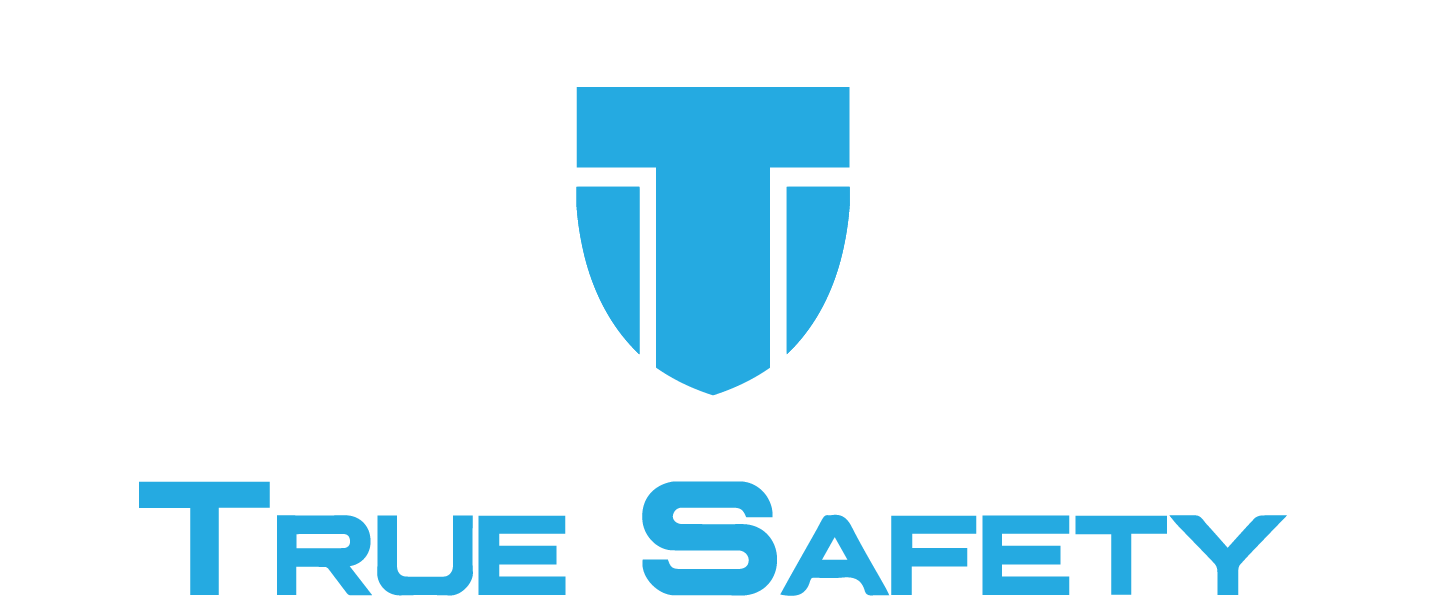Focus More On Safety Leading Indicators, & Less On Safety Lagging Indicators
For my podcast, I recently talked with Ed Foulke, president of Fisher Phillips Safety Solutions and former assistant secretary of OSHA. At one point in the episode, we talked extensively about leading and lagging indicators. What we discussed is second nature for the two of us—we know both of these indicators through and through. But unfortunately, too many organizations focus only on one, when they should be investing more time and money into the other. So, if you’re starting out in the safety profession, here’s a brief refresher course to set you on the right path.
What are safety lagging indicators?
They measure the occurrence and frequency of events that occurred in the past, such as the number or rate of injuries, illnesses, and fatalities (source: OHSA).
They are often used to show progress toward compliance with safety rules.
Examples include:
How many incidents took place at your organization, which can be tallied in total recordable incident rates (TRIR) and lost time incident rates (LTIR).
Injury severity rates.
Workers' compensation costs.
What are safety leading indicators?
They measure the effectiveness of safety and health activities and reveal potential problems in a safety and health program (source: OHSA).
Examples include:
The number of safety inspections at a location.
Pass rates at training sessions.
Employee perception surveys.
Near-misses, where a worker could have been injured.
What differentiates these kinds of indicators?
Lagging indicators are reactive/reactionary, which makes them an inadequate gauge of prevention.
Leading indicators are proactive, preventative, and predictive, which make them a useful signal for what employees are doing regularly to prevent injuries.
Why should organizations focus less on lagging indicators and more on leading indicators?
To be fair, an organization should focus on both of these types of indicators. But, according to what I’ve personally experienced out in the field, too often safety professionals overfocus on lagging indicators, and underfocus on leading indicators. Here’s what, in my opinion, this should be flipped.
We need to put less emphasis on tracking one-dimensional metrics—such as injuries—in order to answer the question about whether something is safe or not.
By their nature, leading indicators give greater consideration to continuous improvement and future safety performance (rather than previous safety performance). But using more leading indicators, you’ll be able to manage the overall safety operations within your company more effectively because you’ll be taking a proactive—rather than a reactive—approach.
Check out my entire chat with Ed Foulke: https://youtu.be/zFCENc7IuxM

